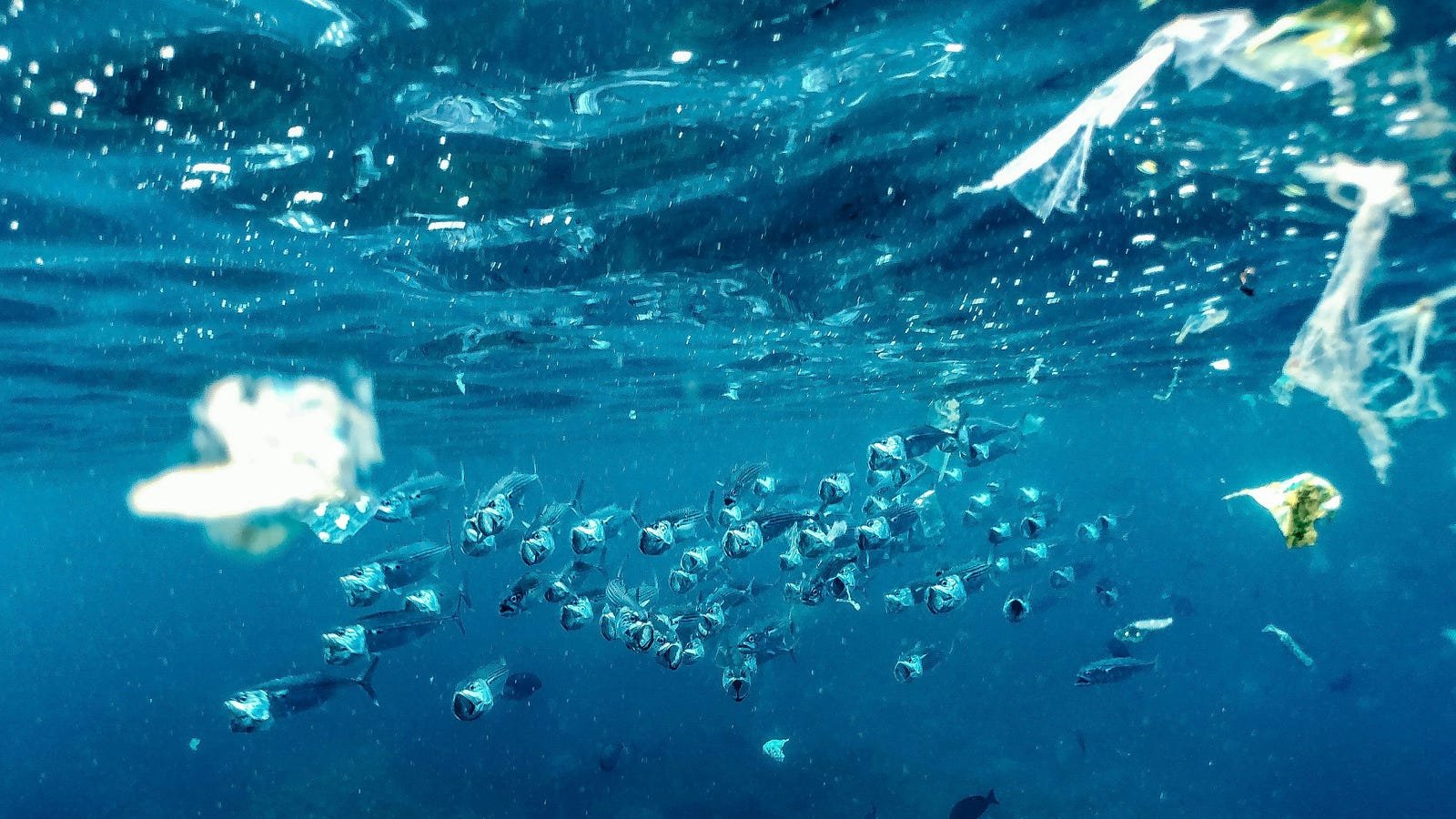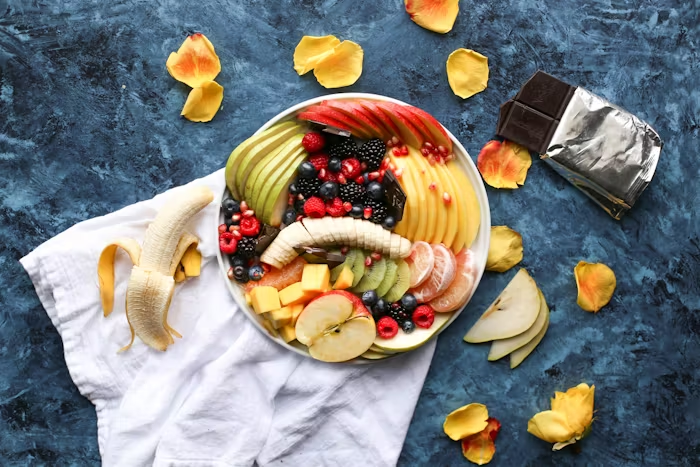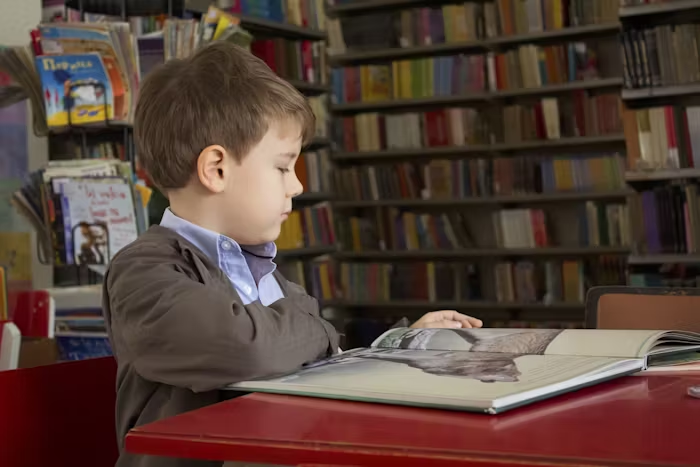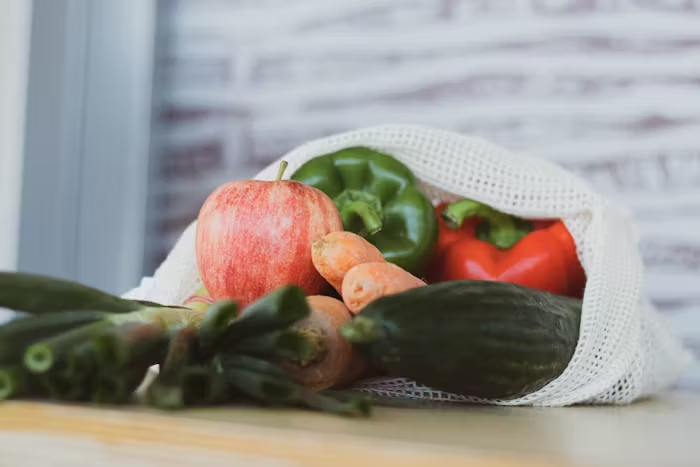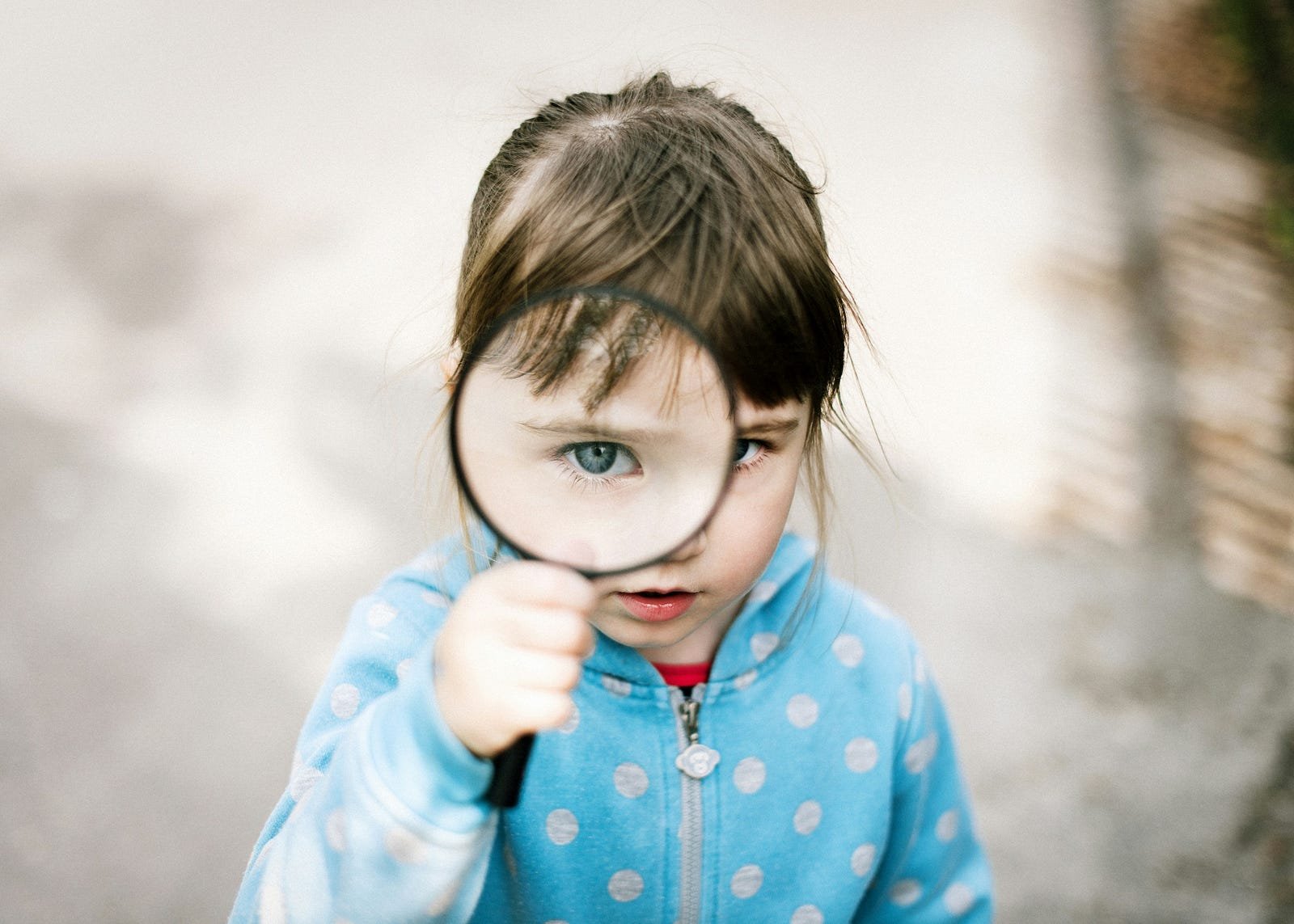Microplastics are an insidious pollutant that has infiltrated every corner of the world’s oceans. These tiny plastic particles, less than 5 millimeters in size, are a byproduct of plastic waste degradation and industrial processes. While their small size might make them seem harmless, the reality is far more devastating. Microplastics pose a serious threat to marine ecosystems, disrupting food chains and endangering countless marine species.
In this article, we’ll explore the origins of microplastics, how they impact marine life, and what can be done to mitigate their effects. Understanding this environmental challenge is crucial for safeguarding our oceans and the biodiversity they support.
What Are Microplastics?
Microplastics are classified into two categories:
- Primary Microplastics
These are intentionally manufactured small plastic particles, such as microbeads found in cosmetics, toothpaste, and cleaning products. They also include industrial plastic pellets, often referred to as nurdles. - Secondary Microplastics
These originate from the breakdown of larger plastic items, such as bottles, bags, and fishing nets, due to exposure to sunlight, wave action, and other environmental factors.
The resilience of plastic, which makes it so valuable in manufacturing, is also what makes it an environmental menace. Plastics do not biodegrade but instead fragment into smaller pieces over time, persisting in the environment for centuries.
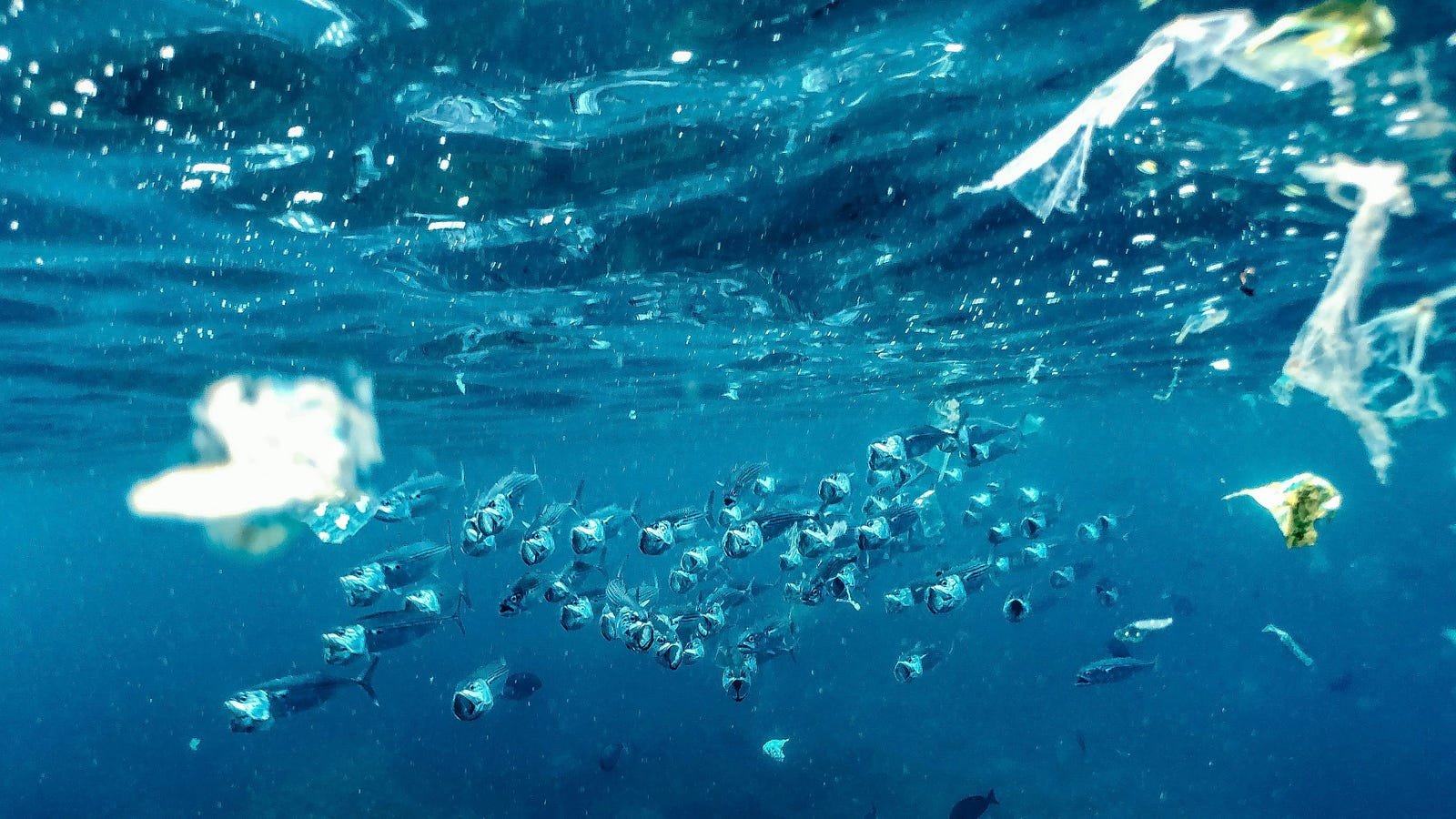
How Do Microplastics Enter the Ocean?
Microplastics enter marine environments through various pathways, including:
- Runoff from Land: Plastic waste improperly disposed of on land often finds its way into rivers, eventually flowing into oceans.
- Wastewater Discharge: Microplastics from personal care products and synthetic clothing fibers are often too small to be filtered out by wastewater treatment plants, allowing them to enter aquatic ecosystems.
- Fishing and Maritime Activities: Lost or discarded fishing gear and ship-based plastic waste contribute significantly to oceanic microplastic pollution.
Alarming Fact:
It’s estimated that over 14 million tons of plastic end up in the ocean each year, with a significant portion breaking down into microplastics.
The Impact of Microplastics on Marine Life
1. Physical Ingestion
One of the most direct impacts of microplastics is their ingestion by marine organisms. From tiny plankton to large marine mammals, creatures often mistake microplastics for food.
Consequences of Ingestion:
- Blockages in Digestive Systems: Ingested plastics can cause obstructions in the gastrointestinal tracts of marine animals, leading to starvation.
- False Satiety: Organisms feel full after consuming plastics, reducing their actual food intake and leading to malnutrition.
Example:
Sea turtles often confuse floating plastic bags with jellyfish, a primary food source. Similarly, fish and seabirds ingest microplastics floating on the ocean surface.
2. Chemical Contamination
Microplastics act like sponges, absorbing harmful pollutants such as pesticides, heavy metals, and industrial chemicals from the surrounding water.
Impact on Marine Life:
- When ingested, these toxic substances accumulate in the tissues of marine organisms, causing long-term health issues.
- These toxins can move up the food chain, eventually affecting top predators, including humans who consume seafood.
Shocking Statistic:
A study found that 73% of deep-sea fish examined in the North Atlantic had ingested microplastics.
3. Habitat Disruption
Microplastics also have a profound impact on marine habitats:
- Coral Reefs: Microplastics can settle on coral reefs, blocking sunlight and impeding coral growth and reproduction.
- Seafloor Ecosystems: Dense microplastic particles sink, altering sediment composition and affecting benthic organisms.
4. Reproductive and Developmental Issues
Exposure to microplastics and the chemicals they carry has been linked to reproductive and developmental problems in marine species.
Examples:
- Reduced fertility in fish exposed to microplastics.
- Impaired larval development in oysters and other shellfish.
Microplastics and the Food Chain
The infiltration of microplastics into the marine food chain has far-reaching implications:
- Plankton: At the base of the food web, plankton ingest microplastics, introducing them into the food chain.
- Fish and Shellfish: Predators that consume plankton accumulate microplastics, leading to bioaccumulation.
- Humans: People consuming seafood are also exposed to microplastics and the toxic substances they carry.
Research Highlight:
Recent studies have found microplastic particles in human blood and organs, raising concerns about potential health risks.
What Can Be Done to Combat Microplastic Pollution?
1. Reduce Plastic Use
Minimizing plastic consumption is the most effective way to address the root cause of microplastic pollution.
Actions You Can Take:
- Use reusable bags, bottles, and straws.
- Avoid products containing microbeads (look for “polyethylene” or “polypropylene” on ingredient lists).
2. Improve Waste Management
Proper waste disposal and recycling can prevent plastic from entering the ocean.
Policy Solutions:
- Enforce stricter regulations on plastic waste management.
- Develop advanced recycling technologies to handle different types of plastics.
3. Innovate with Alternatives
Investing in biodegradable and sustainable materials can reduce our reliance on traditional plastics.
Example:
Plant-based bioplastics are gaining traction as an eco-friendly alternative.
4. Enhance Awareness and Education
Raising public awareness about the impact of microplastics can drive behavior change and policy action.
Educational Campaigns:
- Teach communities about the importance of reducing plastic waste.
- Encourage participation in beach cleanups and conservation efforts.
5. Support Scientific Research
Ongoing research is critical for understanding the extent of microplastic pollution and finding effective solutions.
Exciting Innovations:
- Developing filters for wastewater treatment plants to capture microplastics.
- Exploring methods to break down plastics using enzymes and bacteria.
The impact of microplastics on marine life is a sobering reminder of the environmental consequences of our plastic-dependent lifestyles. These tiny particles have far-reaching effects, from harming marine organisms to infiltrating the food chain and threatening human health.
Addressing this crisis requires collective action at every level — individuals, communities, governments, and industries must work together to reduce plastic use, improve waste management, and invest in innovative solutions.
By making conscious choices and advocating for change, we can protect marine ecosystems and ensure the health of our oceans for generations to come. The time to act is now — because every small step can lead to a wave of transformation.
